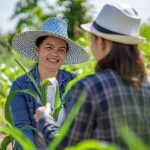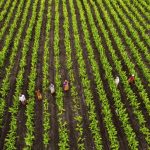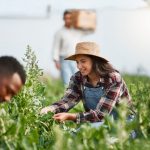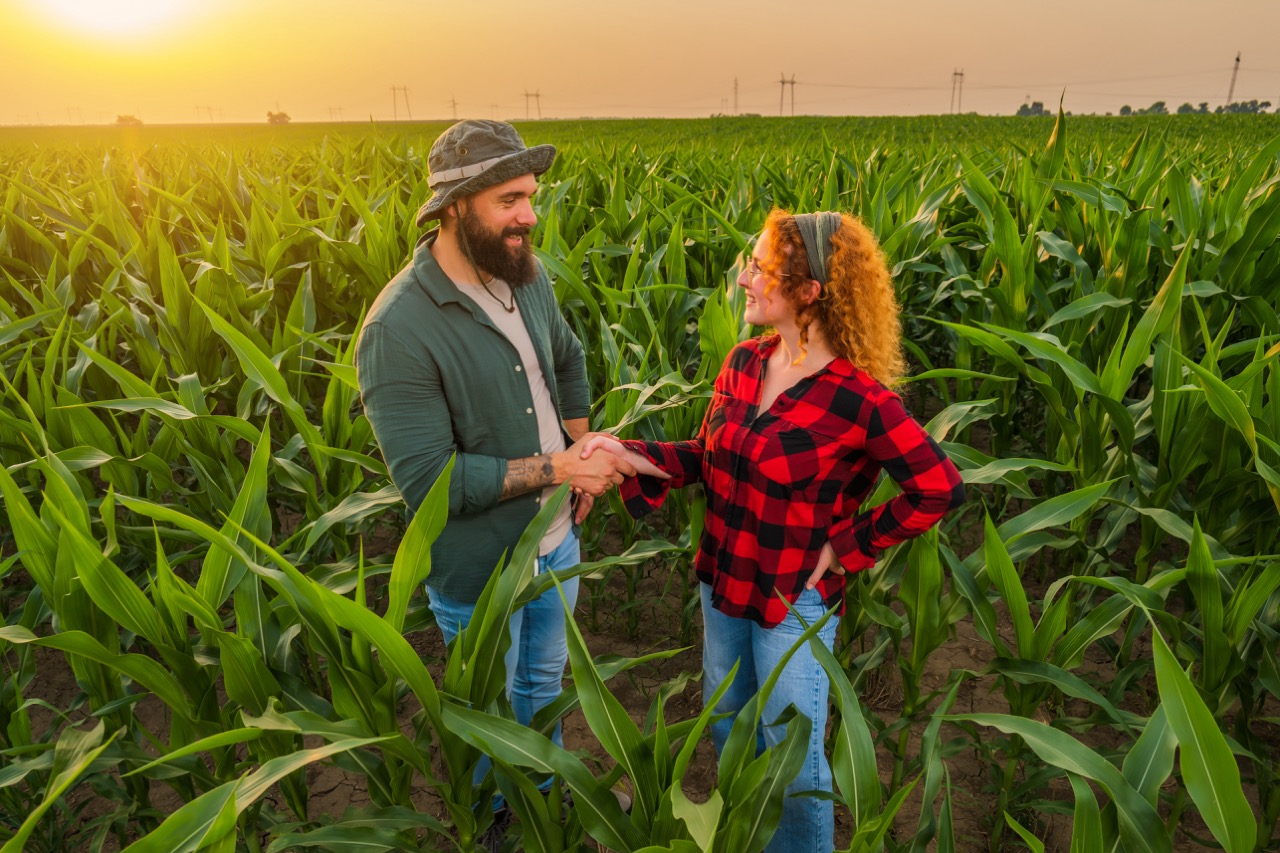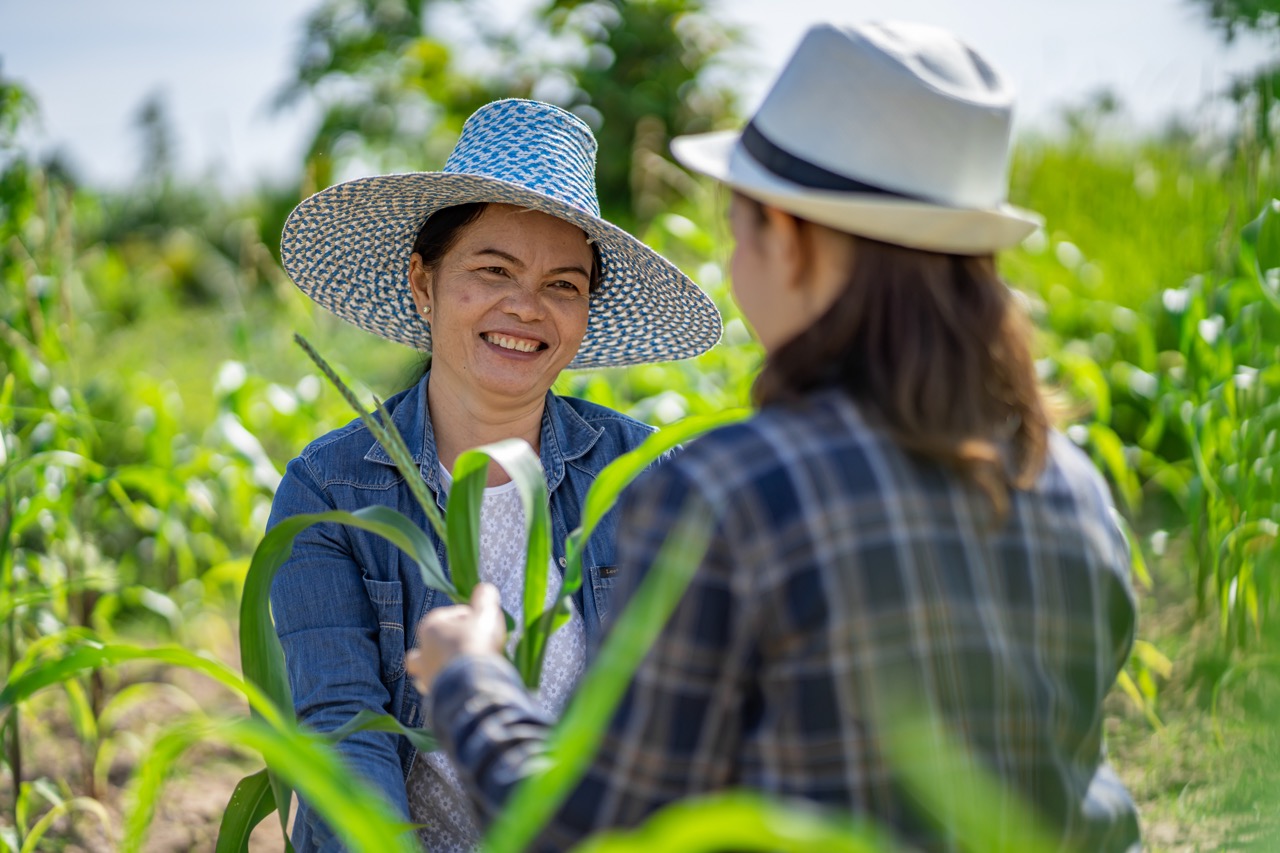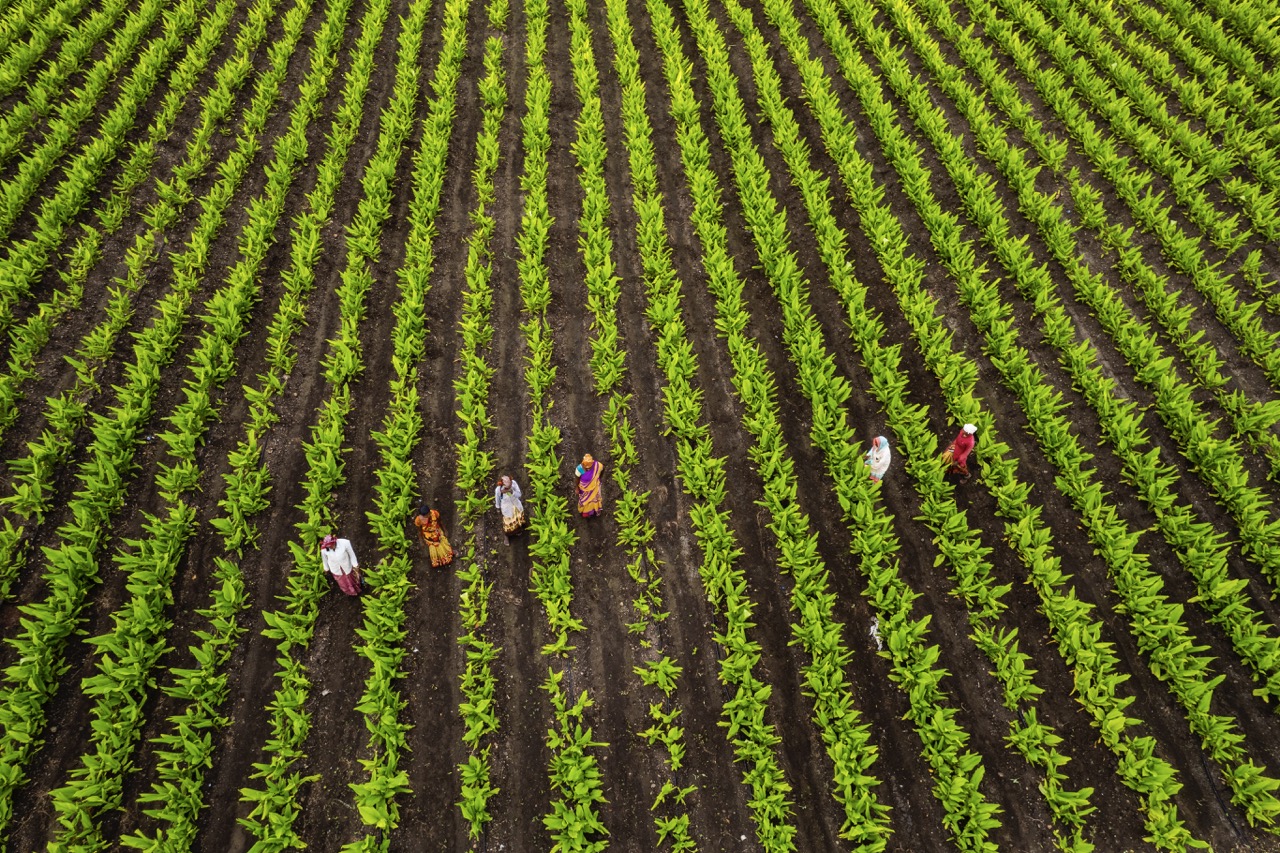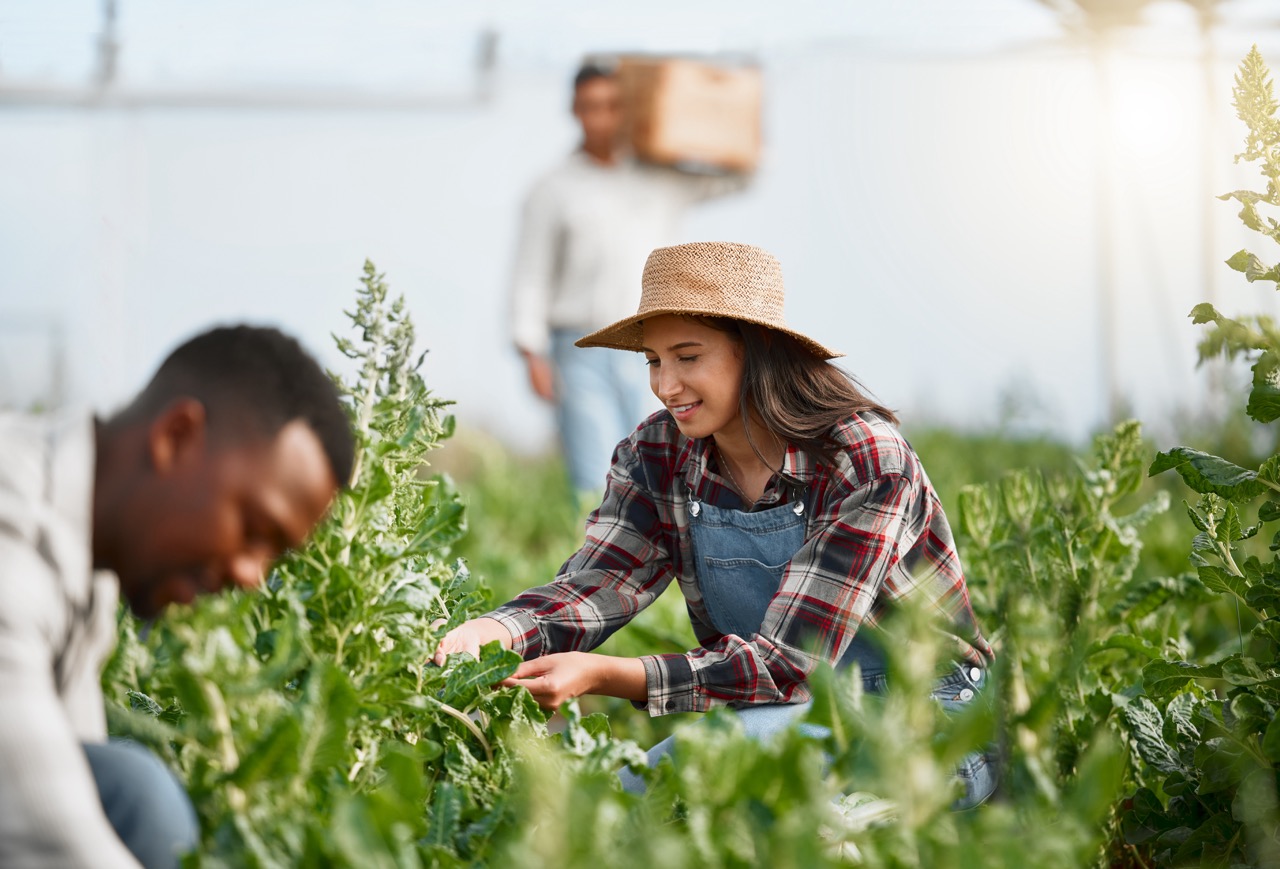Sharecropping has long been a fundamental component of agricultural systems around the world, particularly in regions rich in agricultural history but often marred by economic challenges. This traditional farming practice, wherein landowners provide land and resources to farmers in exchange for a share of the harvest, has evolved over time, adapting to local conditions and global shifts. As the world grapples with pressing food security issues, understanding the implications of sharecropping on the global food system is more critical than ever. This article delves into the complexities of sharecropping, its economic ramifications, its contribution to sustainable food production, and the challenges and opportunities that lie ahead for sharecroppers.
Understanding Sharecropping: A Global Agricultural Tradition
Sharecropping is a farming system characterized by a contractual arrangement between landowners and farmers, where landowners allow tenants to work their land in return for a portion of the crops produced. This practice traces its roots back to feudal systems, gaining prominence during periods of economic hardship when landowners needed labor but could not afford to pay wages. While often associated with the Southern United States post-Civil War, sharecropping is a practice found across the globe, from the rice fields of Southeast Asia to the cotton plantations of West Africa. Each regional adaptation reflects unique socio-economic conditions, legal frameworks, and cultural practices.
Despite its historical significance, sharecropping is often viewed through a critical lens, as it can perpetuate cycles of poverty and dependency. The arrangement has been criticized for its potential to exploit laborers, particularly in regions where farmers have little bargaining power. By examining the dynamics of sharecropping in different cultural contexts, we uncover a more nuanced understanding that highlights both its challenges and the resilience of communities that rely on this agricultural tradition. The varying degrees of success illustrate how local governance, community organization, and access to markets can profoundly affect the viability of sharecropping as a means of livelihood.
Sharecropping’s evolution continues to be influenced by broader economic trends and agricultural policies. With globalization and technological advancements reshaping agricultural practices, the traditional role of sharecropping is undergoing significant transformation. For some regions, it offers pathways to land access for marginalized groups, while for others, it might serve as a temporary solution in the face of land scarcity and urban migration. This complexity makes sharecropping an essential topic for understanding contemporary agricultural systems and their implications for food security.
Economic Impacts of Sharecropping on Rural Communities
Sharecropping can have profound economic impacts on rural communities, often serving as a double-edged sword. On one hand, it provides an essential means for farmers to access land and resources, enabling them to generate income and support their families. In regions where land ownership is concentrated among a small number of individuals or corporations, sharecropping can democratize access to farming opportunities, allowing new entrants to participate in agriculture and mitigate rural poverty. This access can be vital for maintaining community cohesion and fostering local economies.
However, sharecropping often perpetuates economic inequalities. Farmers are typically required to pay high rents or share an exorbitant percentage of their harvest, which can siphon off vital resources needed for investment in better tools, seeds, and farming practices. This cycle of debt can trap sharecroppers in a precarious financial situation, rendering them vulnerable to market fluctuations and environmental stressors. These economic constraints can limit the ability of sharecroppers to build wealth or pursue sustainable farming practices, ultimately undermining their long-term economic stability.
In addition, the economic implications of sharecropping extend beyond individual farms and into the larger community. When sharecroppers struggle, local markets often suffer as well, leading to decreased demand for goods and services. Conversely, successful sharecropping can invigorate local economies, creating jobs and fostering entrepreneurship. Policymakers must recognize these dynamics and consider the broader economic ecosystem when evaluating the role of sharecropping in rural development.
Sharecropping’s Role in Sustainable Food Production
Sustainable food production is a pressing global concern, and sharecropping has the potential to play a critical role in addressing this challenge. The practice can promote agroecological principles, enabling farmers to prioritize local biodiversity, soil health, and environmentally friendly farming techniques. By utilizing traditional knowledge and crop rotation practices, sharecroppers can enhance soil fertility and resilience, leading to more sustainable agricultural outcomes. This is particularly relevant in regions where industrial farming practices have contributed to soil degradation and loss of biodiversity.
Moreover, sharecropping can enhance food sovereignty, allowing communities to prioritize the production of culturally significant crops over cash crops that may prioritize profit over nutrition. This shift can lead to more diversified and resilient food systems that are less reliant on global supply chains. Additionally, by cultivating a variety of crops, sharecroppers can better adapt to climate change impacts, reducing the risks associated with monoculture farming practices and promoting food security at the local level.
However, the sustainability of sharecropping is contingent upon equitable arrangements that empower farmers. For sharecropping to contribute meaningfully to sustainable food production, policies must support fair contracts, access to resources, and investments in agricultural education. As the world seeks innovative solutions to food insecurity and environmental degradation, recognizing and enhancing the potential of sharecropping can be pivotal in fostering resilient food systems.
Future Challenges and Opportunities for Sharecroppers
The future of sharecropping faces a complex array of challenges, including global economic pressures, climate change, and shifting agricultural policies. As larger agribusinesses continue to dominate the market, smallholder sharecroppers may find themselves pushed further to the margins, facing increased competition and reduced access to land. Additionally, climate change poses significant threats to agricultural productivity, with unpredictable weather patterns and extreme events impacting crop yields. Sharecroppers often lack the resources to adapt to these changes, making them particularly vulnerable to food insecurity.
However, these challenges also present opportunities for reimagining sharecropping in the context of modern agricultural practices. Increasing awareness of environmental sustainability and local food systems is fostering interest in alternative farming models that prioritize community-based approaches. Collaborations among governments, non-governmental organizations, and the private sector can create innovative initiatives to empower sharecroppers, providing them with resources, training, and market access. Such initiatives can facilitate the transition toward more sustainable agricultural practices that benefit both the farmers and the environment.
The potential for technology to revolutionize sharecropping should not be overlooked. Digital platforms that connect farmers directly with consumers can reduce the costs associated with intermediaries, allowing sharecroppers to retain a more significant portion of their profits. Additionally, access to mobile technology can provide sharecroppers with essential information about market trends, weather forecasts, and sustainable farming practices. By harnessing these advancements, sharecroppers can navigate the complexities of the modern agricultural landscape and position themselves as key players in the global food system.
Sharecropping remains a vital agricultural tradition that offers both challenges and opportunities within the global food system. As we confront the intertwined issues of food security, economic inequality, and environmental sustainability, understanding the role of sharecropping becomes essential. By fostering equitable arrangements, supporting community resilience, and embracing innovative approaches, we can ensure that sharecropping evolves to meet the needs of both farmers and consumers in an increasingly complex and demanding world. As stakeholders in the global food system, it is imperative that we recognize and amplify the voices of sharecroppers, ensuring their contributions to sustainable agriculture are valued and sustained.
